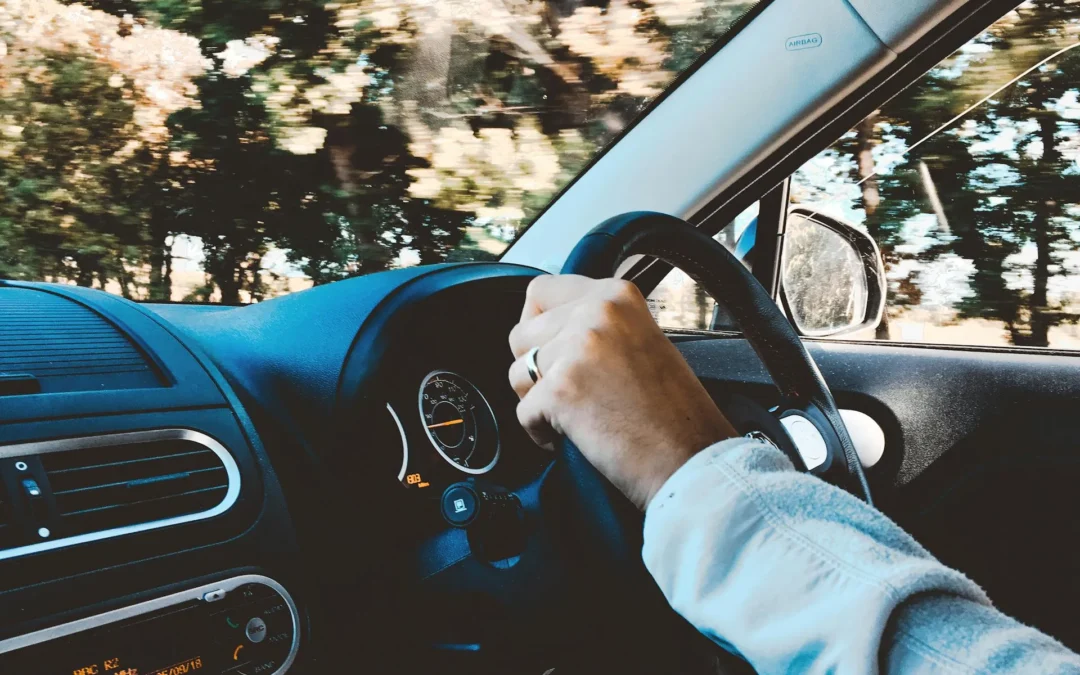If you’re planning to stay in Thailand for an extended period, obtaining a Thai driving licence is a smart move. Not only does it allow you to drive legally in Thailand, but it also serves as a valuable form of identification, often making your life easier when dealing with local authorities or businesses. Key Visa have helped many expats navigate the Thai system and we’re here to guide you through the process of getting your Thai driving licence with ease.
Why Get a Thai Driving Licence?
Before we dive into the how-to, let’s quickly cover why it’s beneficial to have a Thai driving licence as a foreigner:
- Legal Requirement: If you’re planning to drive in Thailand for more than three months, you must have a valid Thai driving licence or an international driving permit (IDP) from your home country.
- Local Benefits: A Thai driving licence is recognised as an official ID across the country, which can be useful in various situations, such as booking hotels or dealing with the police.
- Insurance Coverage: Many insurance companies require a Thai driving licence to process claims efficiently in the event of an accident.
Step 1: Determine Your Eligibility
Before applying, ensure you meet the following criteria:
- Valid Visa: You must hold a non-tourist visa, such as a non b visa, retirement visa, or education visa. Some provinces may accept a tourist visa, but it’s best to confirm with your local Department of Land Transport (DLT) office.
- Residency Proof: You need to provide proof of your residence in Thailand. This could be a rental agreement, work permit, or a residence certificate from your local immigration office.
- Health Certificate: You’ll need a medical certificate from a Thai clinic or hospital stating that you are fit to drive. This is a simple check-up and can usually be completed in a short visit.
Step 2: Prepare the Necessary Documents
Here’s what you’ll need to bring to the DLT office:
- Passport: A copy of your passport information page, visa page, and entry stamp.
- Residency Certificate: Obtain this from your local immigration office or your embassy.
- Medical Certificate: Visit a local clinic to get this document, which typically costs between 100-500 THB.
- Current Driving Licence (if applicable): If you have a valid international driving permit (IDP) or a driving licence from your home country, bring it along. This may exempt you from certain tests.
Step 3: Visit the Department of Land Transport (DLT)
Now that you have your documents in order, it’s time to visit the DLT office. Here’s what to expect:
- Submit Documents: Head to the appropriate counter and submit all your documents. The staff will review them and ask you to fill out some forms.
- Vision and Reaction Tests: You will be required to complete a few basic tests:
- Colour Test: You’ll identify colours displayed on a screen.
- Peripheral Vision Test: This checks your ability to see objects in your peripheral vision.
- Reaction Test: You’ll be asked to press a brake pedal when a light changes colour.
- Thai Traffic Rules Lecture and Exam: If you don’t have a valid international licence, you’ll need to attend a traffic rules lecture (about 1 hour) and pass a written exam (in English or Thai). The exam consists of 50 multiple-choice questions, and you need at least 45 correct answers to pass.
- Driving Test: If you don’t hold a valid driving licence from another country, you’ll need to take a practical driving test. This is usually conducted in a controlled area within the DLT compound.
Step 4: Pay the Fees and Receive Your Licence
Once you’ve successfully passed the tests, you’ll pay a small fee (around 205-505 THB, depending on whether you’re applying for a motorcycle or car licence). Your Thai driving licence will be issued on the spot, typically valid for two years for first-time applicants.
Renewing Your Licence
After your initial one year licence expires, you can renew it for a longer-term licence, usually valid for five years. Your driving licence is always renewable on your birthday after the first year, so it’s easy to remember when to renew it. The renewal process is straightforward and typically requires:
- Your current licence.
- A medical certificate.
- Updated residency certificate.
Tips for a Smooth Experience
- Arrive Early: The DLT offices can get busy, so it’s wise to arrive early to avoid long wait times.
- Dress Appropriately: Dress modestly as you would when visiting any government office in Thailand.
- Language Barrier: Some DLT offices may have limited English-speaking staff, so it might be helpful to bring a Thai-speaking friend or a translator if you’re not confident in Thai.
Getting a Thai driving licence as a foreigner may seem daunting, but with the right preparation, it’s a manageable process. Having your own licence not only makes driving legal and stress-free but also gives you added convenience in your daily life in Thailand. Follow these steps, and you’ll be on the road in no time! If you have any questions or need further assistance, feel free to reach out—we’re here to help you navigate every step of the way. Safe driving!





